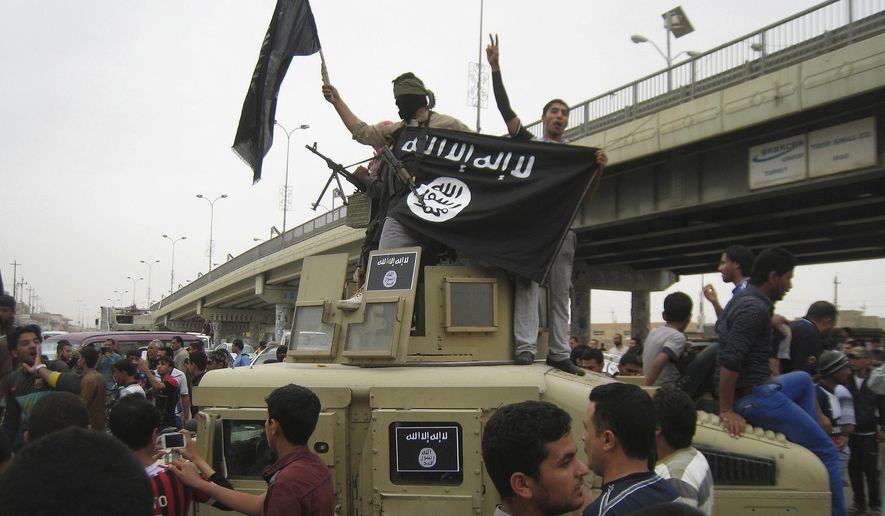The Islamic State is reconstituting itself across Iraq and Syria and is poised to wage an “even more aggressive insurgency” in the months ahead, according to a major new study that claims the terrorist network is far from dead and buried.
The sweeping Institute for the Study of War report released Wednesday argues that many ISIS commanders and fighters have gone underground in the wake of a massive U.S.-led military campaign to fully eradicate the group. Over the past six months, the study argues, ISIS leader Abu Bakr al-Baghdadi — who appeared on video in April for the first time in five years — has been systematically reforming the group to prepare for a new wave of violence across the Middle East.
“The slow-motion reduction of ISIS’s territory and strength initiated by President Obama and continued by President Trump gave the group plenty of time to plan and prepare for the next phase of the war,” the study reads in part. “ISIS’s forces are now dispersed across both countries and are waging a capable insurgency … ISIS began reconstituting key capabilities in late 2018 that will enable it to wage an even more aggressive insurgency in coming months.”
The American-led effort to defeat ISIS has succeeded in recapturing virtually all of the territory the group once held across Iraq and Syria. In February, Mr. Trump declared the group “100% defeated.”
But both publicly and privately, military officials have stressed that ISIS remains a serious threat as it shifts from a de facto army to a more covert terrorist network. U.S. and international estimates last year said the group could have as many as 30,000 fighters still in its ranks, with many of them disappearing into local populations and preparing to spring back into action as soon as the U.S. eases up its military campaign.
The ISIS resurgence, Wednesday’s study says, began in earnest around the time of Mr. Trump’s December announcement that the U.S. would begin pulling its 2,000 troops out of Syria — a decision that led to the resignation of then-Defense Secretary James Mattis.
“ISIS’s insurgency will grow because areas it has lost in Iraq and Syria are still neither stable nor secure,” the report says. “In Iraq, ISIS has systematically eliminated village leaders and civilians who cooperated with anti-ISIS forces. Its goal is to weaken resistance and to fuel the population’s distrust of the government of Iraq. It has re-imposed taxes on local populations in its historical support zones, displacing civilians and de facto controlling small pockets of terrain in Iraq.”
“ISIS will seek to reestablish territorial control in Iraq and in Syria. It will likely succeed if the U.S. withdraws,” the report continues.
The study argues that the U.S. and its allies must ramp up support to the Syrian Democratic Forces and other groups battling ISIS.
“ISIS’s next breakout success could be even more devastating than its 2014 campaign,” the report says. “The U.S. is repeating a critical mistake by deprioritizing this effort at a pivotal moment when our gains are at their most fragile. The U.S. must take immediate steps to dampen ISIS’s resurgence in Iraq and Syria, including halting and reversing America’s ongoing withdrawal from Syria.”
Despite Mr. Trump’s call last year for a full withdrawal, the administration ultimately agreed to keep a small force of up to 600 troops in Syria to oversee stability operations. The president has said that he has no plans to draw down troop levels in Iraq.
The full report can be found here.
• Ben Wolfgang can be reached at bwolfgang@washingtontimes.com.




Please read our comment policy before commenting.